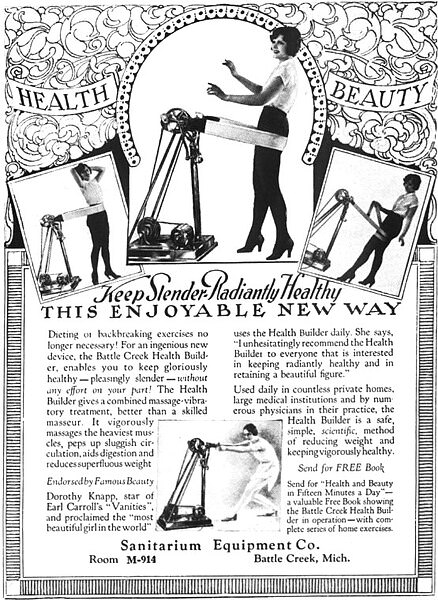Entertainment
Blast from the Past: 15 Inventions You Won’t Believe Existed
By Jake Beardslee · March 5, 2024

Heads Up for a Good Massage
In the 1960s, you could skip the spa and get a relaxing head massage right at home with the Massage Helmet. This air-powered device covered your entire head and provided a soothing scalp rubdown. While the original version may seem a bit clunky, modern portable massagers offer a similar concept in a more convenient package. Rendy Novantino/Unsplash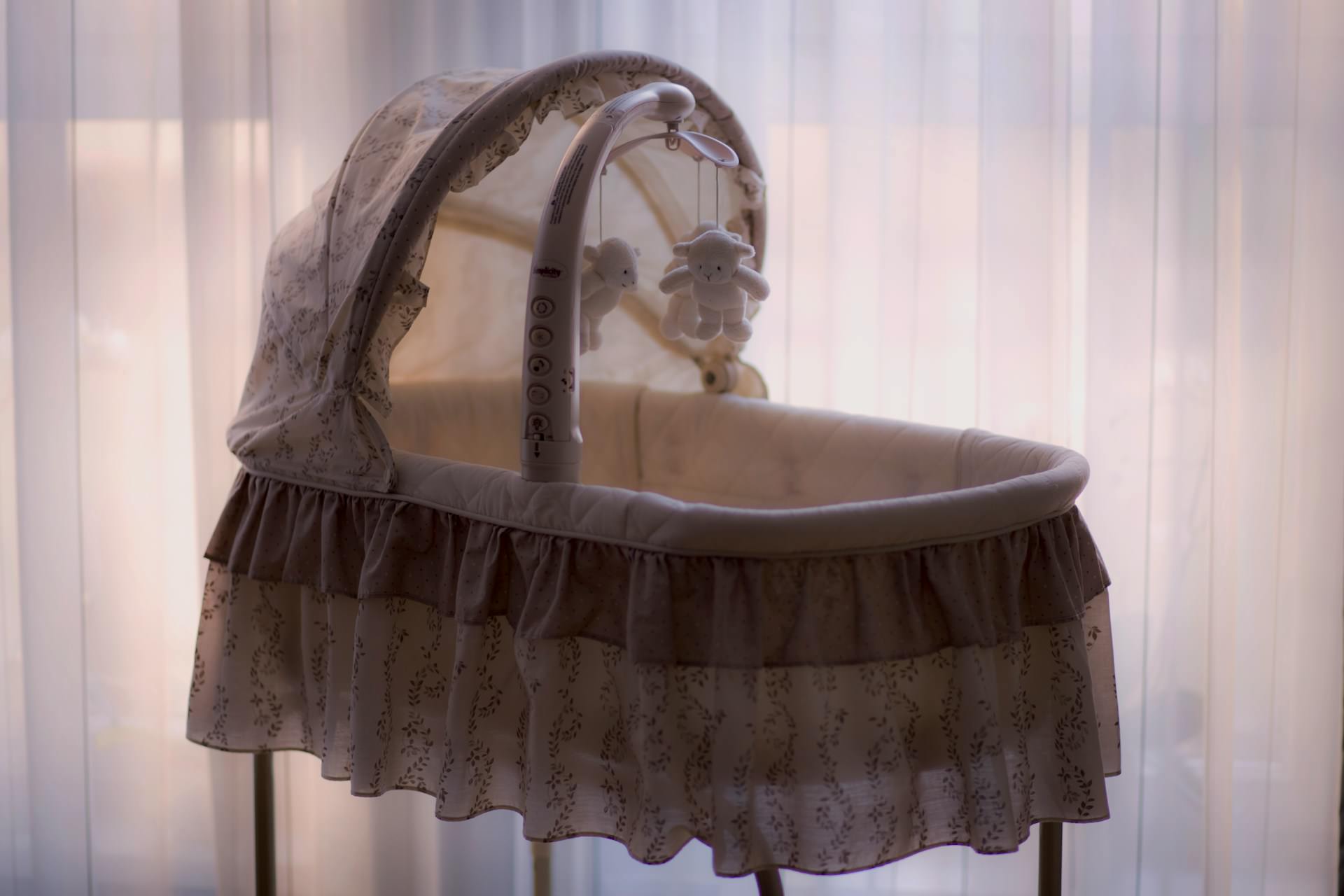
Baby, It's a Wild World
The Urban Window Baby Cage was a controversial invention from the 1930s that allowed parents to dangle their infants outside the window, suspended several stories above city streets. Doctors believed the fresh air would boost babies' immune systems, but the obvious safety risks likely outweighed any perceived health benefits. freestocks/Unsplash
Tying the Knot, Literally
For couples struggling to stay in sync on the dance floor, the Siamese Dancing Shoes promised to fix two left feet. These shoes, featured in a 1981 satirical catalog, connected partners' feet, presumably to help them move together whether mastering the foxtrot or simply stumbling in unison. Nathan Walker/Unsplash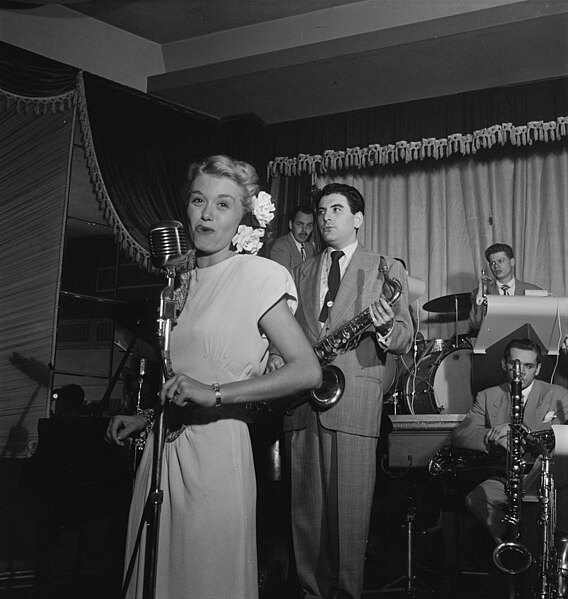
Finding the Perfect Pitch
Before Auto-Tune, there was the Yodel Meter from circa 1925. This peculiar device could actually measure the pitch of a singer's voice, letting them know if they were hitting those high alpine notes just right. William P. Gottlieb/Wikimedia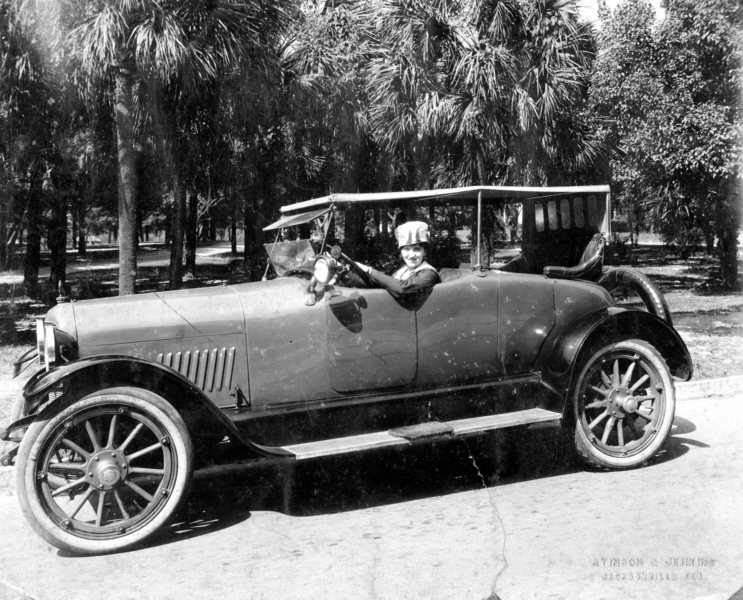
Cushioning the Blow
In the dangerous early days of automobiles, inventor A.J. Grafham tried to make the roads a bit safer with his 1930s Rubber Bumper. This spongy car attachment was designed to protect pedestrians from serious injuries if they were struck by a speeding vehicle. https://archive.org/details/grammy-folio-photos/Wikimedia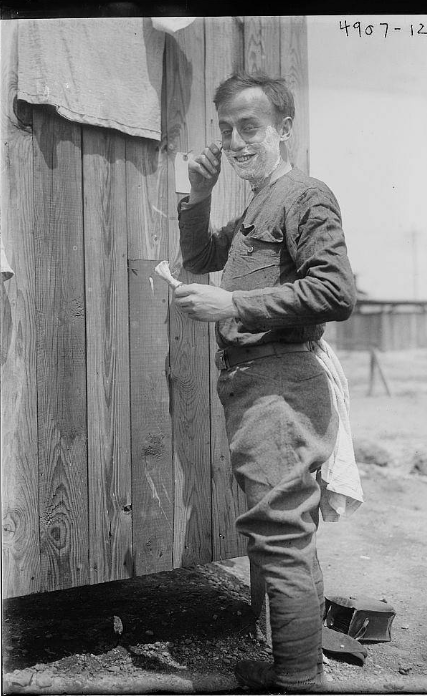
Shaving En Masse
The assembly line concept wasn't just for factories. Barbers could use the Mass Shaving Machine from the 19th century to simultaneously shave a dozen men at once, putting a new spin on efficiency. PD-US/Library of Congress
Slurping Spaghetti, Simplified
Eating a bowl of spaghetti got much easier with the Spaghetti Aid, which could rapidly wind long noodles around your fork. While it seems too niche to have lasted, a modern battery-powered version brought this curious invention back to life. Nha Van/Unsplash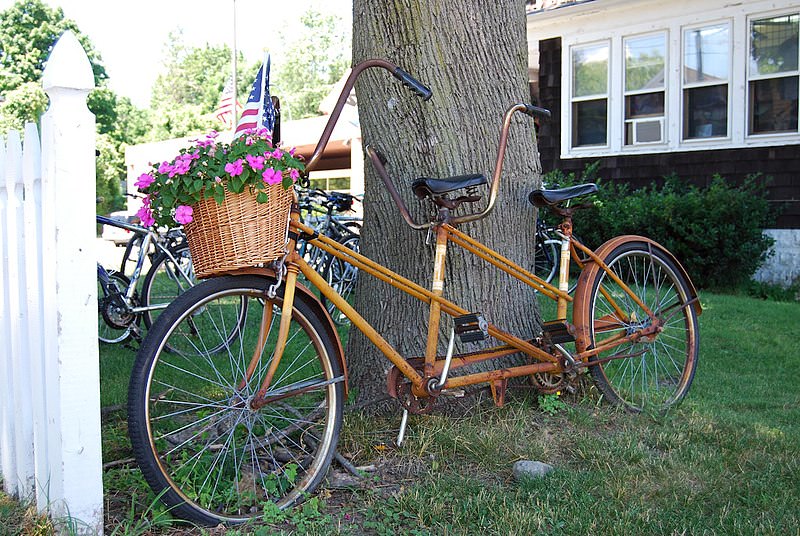
A Bicycle Built for More
Families could all ride together on one peculiar bicycle invented by Charles Steinlauf. It had spaces for two pedalers, a front rider, and even a dedicated seat where a seamstress could sew on the go. Will White/Wikimedia
Lighting Up for Nicotine
If one cigarette didn't provide enough of a nicotine kick, smokers could inhale from 10 at once using the mid-20th century Chain Smoker device. At a time when even doctors endorsed smoking, inventions like this seemed less outrageous. Mostafameraji/Wikimedia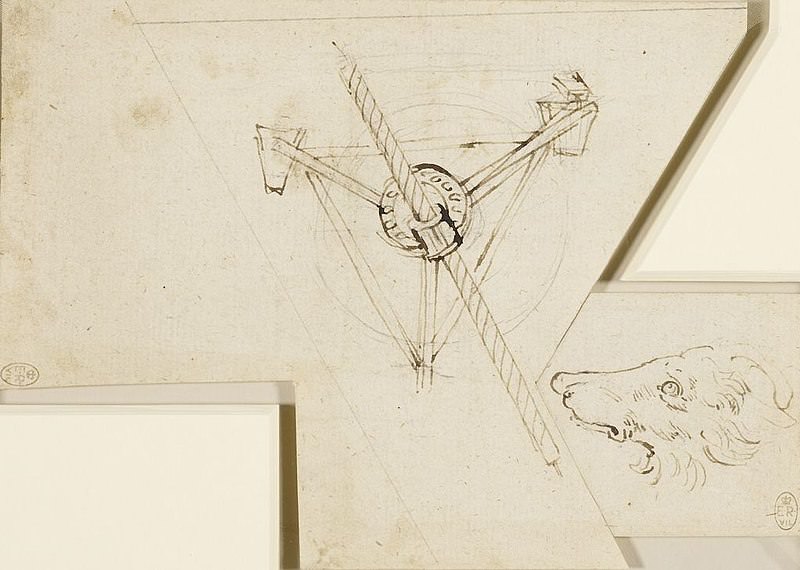
Taking a Spin on One Wheel
In the early 1930s, the Dynasphere allowed drivers to cruise around on a single, large wheel inspired by Leonardo da Vinci's ideas. While perhaps challenging to brake, the futuristic monowheel could reach speeds of 30 mph. Leonardo da Vinci/Wikimedia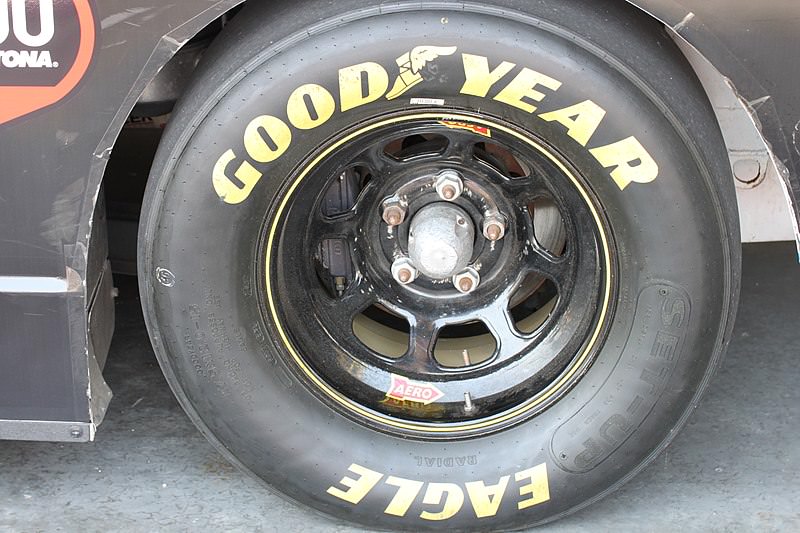
Glamour on the Go
For added flair on the roads of 1950s America, Goodyear unveiled Illuminated Tires with 18 internal light bulbs. Too costly for mass production, they still made an appearance on the Golden Sahara II concept car. icebrkr/Wikimedia
Fore! Meet the Golfing Robot
In the 1920s, a robot instructor could actually teach golfers the perfect swing. While rudimentary, it paved the way for modern marvels like the Tiger Woods-inspired bot that scored a hole-in-one at a PGA event. Soheb Zaidi/Unsplash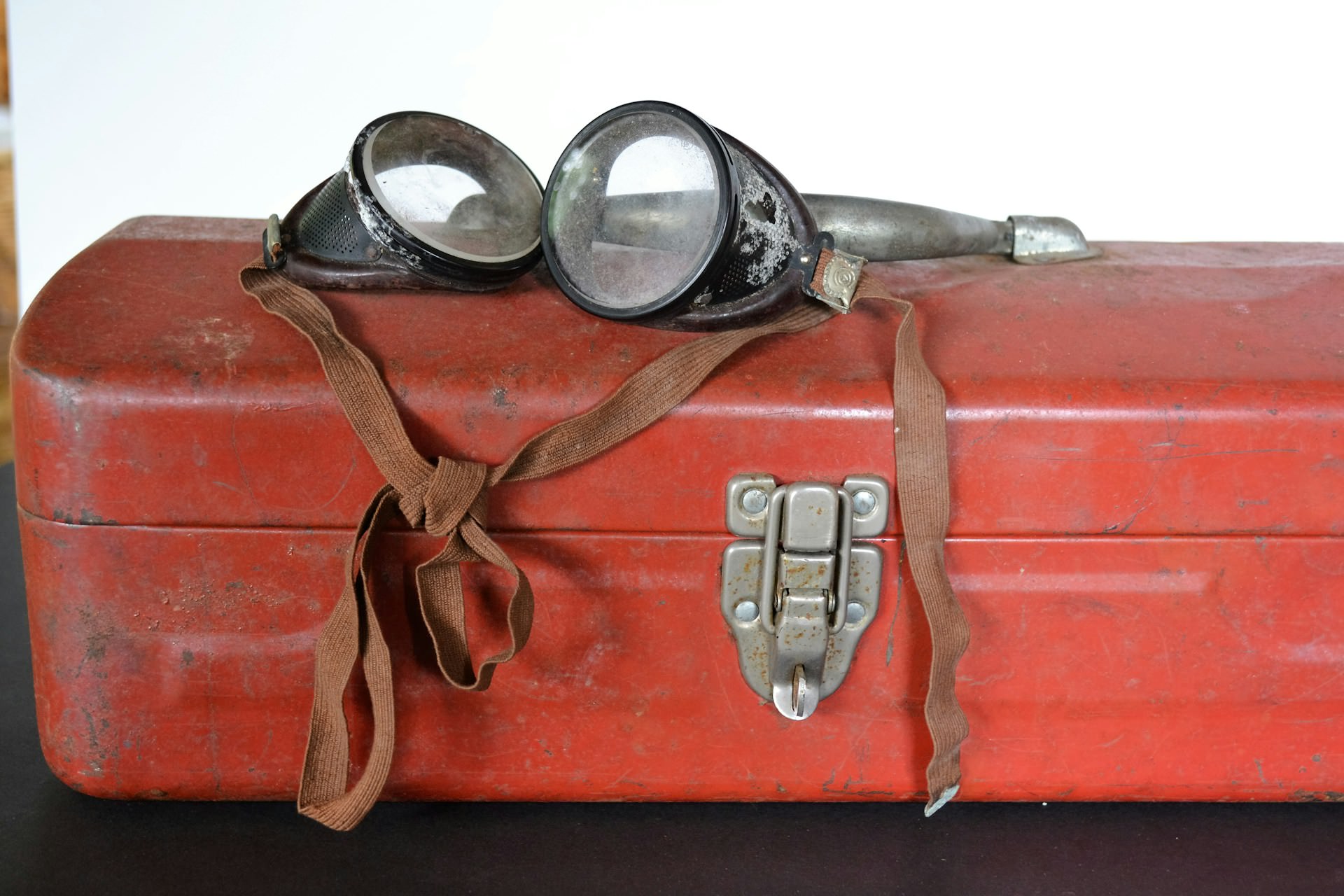
Keeping Dry Eyes on the Prize
Racecar drivers in open vehicles during the 1930s could stay focused in the rain with special goggles that had built-in windshield wipers. An affordable plastic version is still available for hobbyists today. Susan Holt Simpson/Unsplash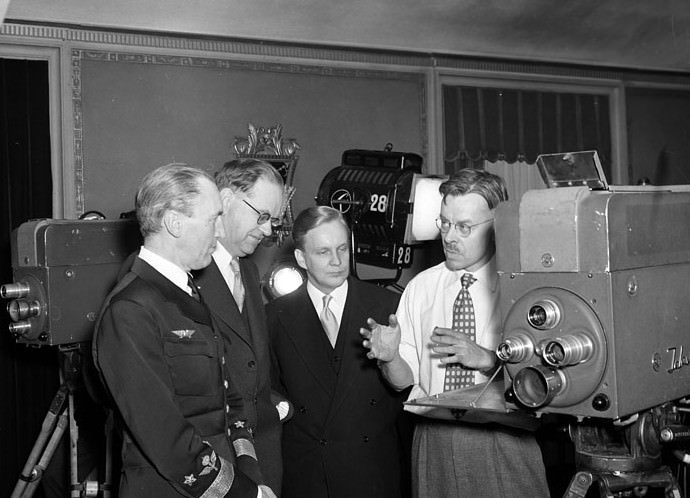
What a View
The Toshiba View Phone from the 1960s let callers actually see each other on a small video screen – an early precursor to today's ubiquitous video chatting technology like FaceTime. Herman Ronninger/Wikimedia